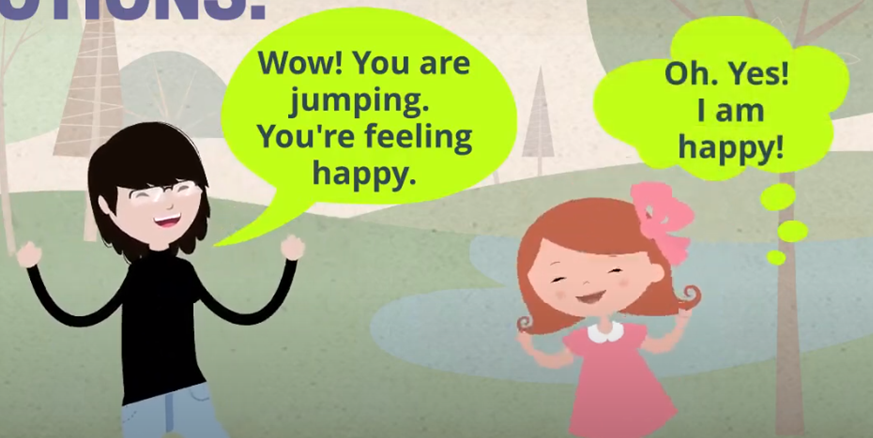
Our Occupational Therapist, Georgina, recently had the amazing opportunity to attend the Introduction to Marte Meo training run by Sally Watson.
Background
Marte Meo is a Latin term for “on one’s own strength.” Marte Meo was developed by Maria Aarts (educational counsellor), after having a parent say to her, “I wish that I could have that kind of contact with my child.” This question led Maria to think about why our professional knowledge is not accessible to parents in a practical way, hence developing her own practical model which is accessible to parents.
About the model
The Marte Meo model is made up of 5 parts that all work together in supporting parents in developing a supportive interaction with their child, while strengthening their child’s initiatives and regulation.

Good atmosphere:
Referring to the energy you as a parent or therapist bring to the child. Having a good atmosphere could mean your body language and posture is relaxed and you have a welcoming smile on your face.
Child is active:
Every child can develop initiatives (initiatives could be a play idea, reaching for something or a verbalisation/noise) and can be socially attentive. Maria refers to every child having a ‘goldmine’- a place where the child stores their ideas and initiatives.
Recognise initiatives:
Being able to recognise a child’s initiatives means waiting and following the child. This can be challenging, as a parent and therapist, because we subconsciously want to do things for the child so we can teach and lead them. However, if we are constantly taking the lead for the child, they aren’t able to develop and communicate their own initiatives.
Positive guidance (to accompany- to support):
If a child needs support, make it an important moment not a correction moment. For example: If the child is trying to walk up the slide but they keep sliding down, in the moment you could say, “Yeah, it’s hard going up the slide in socks.” This is positive guidance for the child to initiate taking off their socks, so it’s less slippery, instead of a direct correction, such as, “Taking off your socks will make it less slippery.”
Naming- confirming:
Naming means naming the child’s initiatives: their actions, emotions and verbalisations, as well as our own initiatives. Naming makes conversation more predictable for the child and lets them know that you are with them in that interaction. For more information about naming, watch our short video: https://mytherapyhouse.com.au/communication/
Marte Meo at My Therapy House
Children learn about their world through playful and joyful interactions in relationships with trusted adults. The Marte Meo model promotes and guides parents and therapists on how to form and enhance these relationships. We are very lucky to be working in a collaborative team at My Therapy House®, where we work together to build strong and trusting relationships with children and their families.
Georgina will go on to complete the 5-day Advance course, where she will learn more in depth about the Marte Meo approach, and can’t wait to start using these skills in future sessions and share this with our families and the staff at My Therapy House®.
